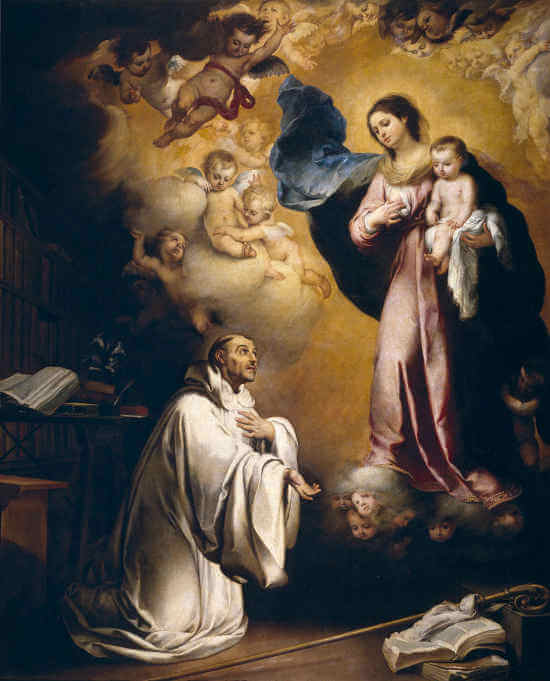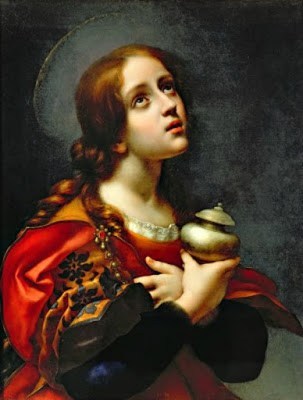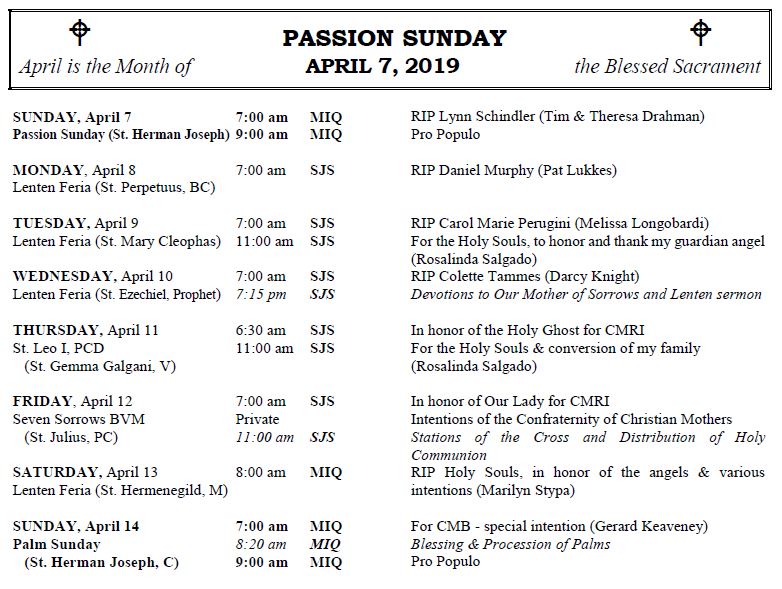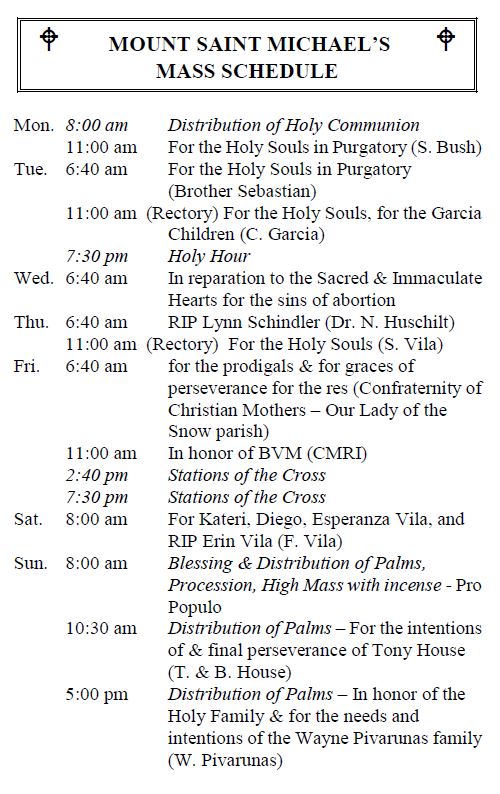Saint Bernard was born of a distinguished family at Fontaines in Burgundy…determined to escape temptations of the devil, he, at 22 years of age, determined to enter the monastery of Citeaux, the first house of the Cistercian Order, then famous for sanctity. When his brothers learnt Bernard’s design, they did their best to deter him from it; but he, more eloquent and more successful, won them and many others to his opinion; so that together with him thirty young men embraced the Cistercian Rule. As a monk he was so given to fasting, that whenever he had to take food he seemed to be undergoing torture. He applied himself in a wonderful manner to prayer and watching, and was a great lover of Christian poverty; thus he led a heavenly life on earth, free from all anxiety or desire of perishable goods. The virtues of humility, mercy, and kindness shone conspicuously in his character. He devoted himself so earnestly to contemplation, that he seemed hardly to use his senses except to do acts of charity, and in these he was remarkable for his prudence. He became Abbot of Clairvaux and built monasteries in many places, wherein the excellent rules and discipline of Saint Bernard long flourished.
He wrote many works which clearly show that his doctrine was more the gift of God than the result of his own labors. On account of his great reputation for virtue, the greatest princes begged him to act as arbiter in their disputes, and he went several times into Italy for his purpose, and for arranging ecclesiastical affairs. He was of great assistance to the Supreme Pontiff Innocent II in putting down the schism of Peter de Leone, both at the courts of the emperor and of King Henry of England, and at a Council held at Pisa. At length, being sixty-three years old, he fell asleep in the Lord. He was famous for miracles and Pope Alexander II placed him among the saints. Pope Pius VII, with the advice of the Sacred Congregation of Rites, declared St. Bernard a Doctor of the universal Church and commanded all to recite the Mass and Office of a Doctor on his feast. He also granted a plenary indulgence yearly forever, to all who visit churches of the Cistercian Order on this day. The Liturgical Year, XII, Book IV, Pages 437-438







